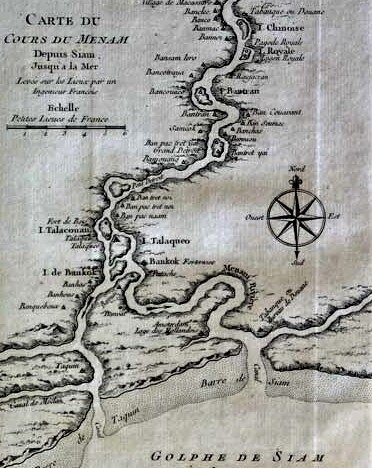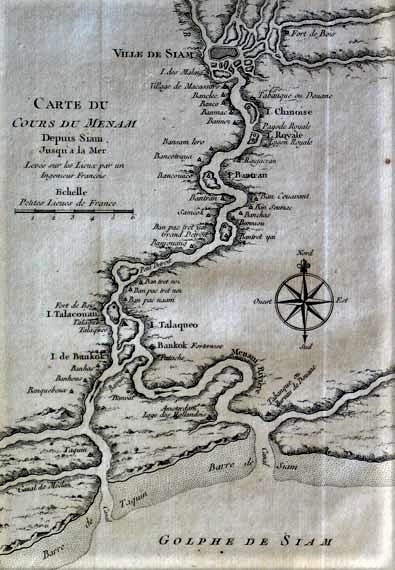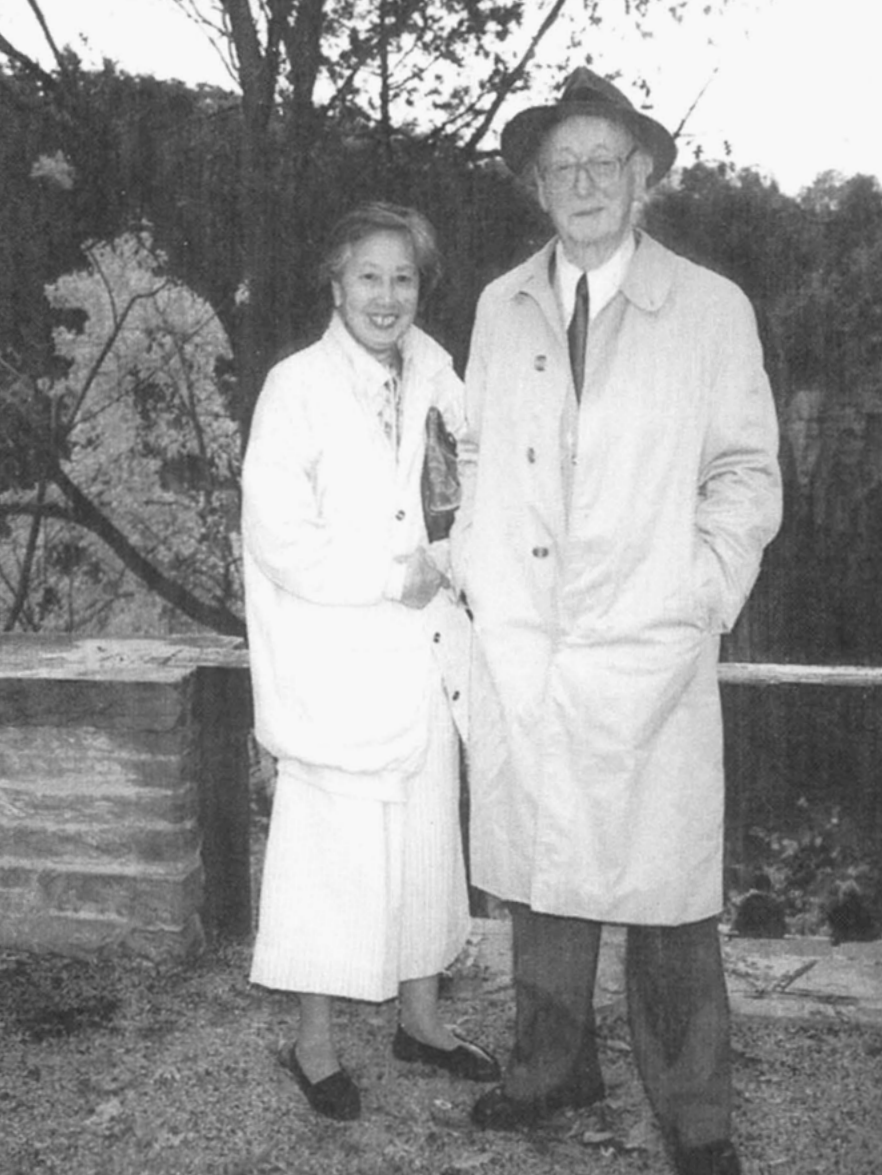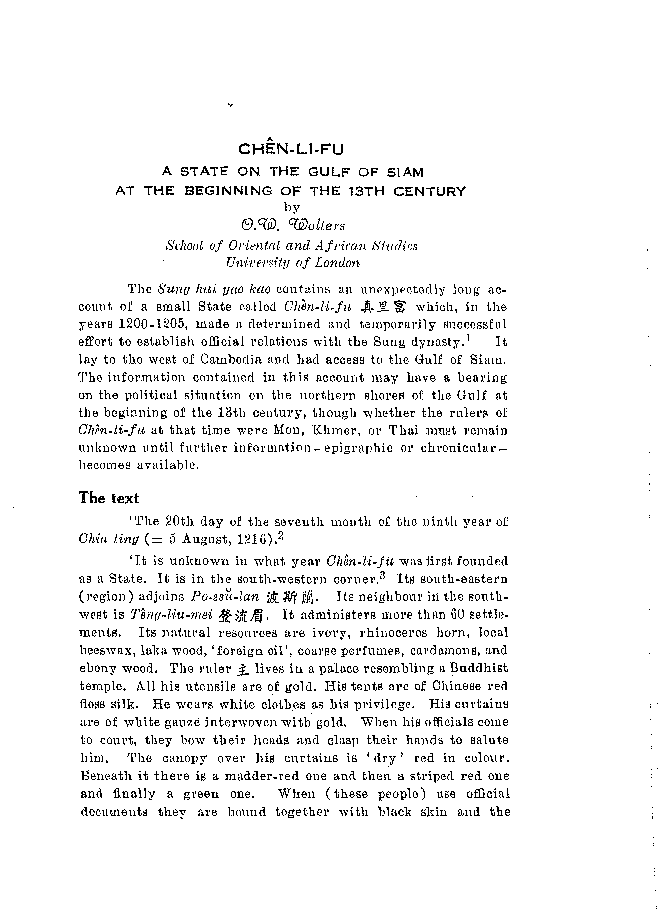Chen-Li-Fu, A State on the Gulf of Siam at the Beginning of the 13th Century
by O. W. Wolters
Where was located Chên Li Fu, a Gulf of Siam State under Khmer influence around the years 1200-1250?

- Publication
- Journal of The Siam Society, Vol. XLVIII Part 2, Bangkok, pp 1-35
- Published
- November 1960
- Author
- O. W. Wolters
- Pages
- 35
- Languages
- English, Chinese
pdf 1.4 MB
“The Sung Hui Yao Kao contains an unexpectedly long account of a small State called Chên Li Fu which, in the years 1200 – 1205, made a determined and temporarily successful effort to establish official relations with the Sung dynasty”, remarks the author in his preamble. However, the exact location of this entity remains the butt of speculations. We can only know for sure it was situated “west of Cambodia”, and in the Lower Menam Valley (Menam being the ancient name of the Chao Phraya River in Thailand).
Commenting the despatch of the State’s envoys to Angkor, the author remarks that the Chen Li Fu ruler “whose reign began in 1180 used the Khmer title of Kamrateng which he, or one of his predecessors, must have received from their overlord in Angkor. No doubt at Angkor in 1200 he was still regarded as a vassal, but an embassy from a State which was in the sphere of influence of a more powerful one suggests a background of special political circumstances.”
Was it ruled by a Siamese, Khmer or Mon-Khmer governor? How important were its links to the Khmer rulers in Angkor, to the Siamese area of influence and to the Chinese emperors? This fascinating study illustrates the many questions we still have regarding the history of medieval times in Southeast Asia.
Chen Li Fu in Chinese chronicles:
Map: ‘Carte Du Cours De Menam’ in L’Histoire Générale des Voyages. Prevost, Paris, 1750) by Jacques Nicolas Bellin (from Dawn Rooney’s study, “The Mapping of Thailand, An Introduction”)

Tags: Siam, Malay, Khmer Empire, Ceylon, Sri Lanka, maritime routes, trade, Chinese trade, Funan, Chinese chronicles, Thailand
About the Author

O. W. Wolters
Oliver William Wolters (8 June 1915, Reading, UK – 5 December 2000, Ithaca, N.Y., USA) was a British academic, historian and author who did pioneering work on the ancient Malay kingdom of Srivijaya — following the exploratory studies by George Coedès — and Southeast Asia ancient history.
Wolters was a British-administrated Malay States civil servant and administrator for near twenty years (1938−1957), being imprisoned in 1942 by the Japanese occupying forces for three and a half years in Changi prison, Singapore, where he was studying Cantonese. He came late to academic life, lecturing at London School of African and Oriental Studies (SOAS) in London from 1957 to 1963, then moving to Cornell University (Ithaca, USA), where he was the chairman of the department of Asian studies from 1970 to 1972, chair he kept after his retirement in 1984. At his death, he was the Goldwin Smith Professor of Southeast Asian History Emeritus at Cornell University.
Wolters authored many essays on Southeast Asia regional history, including “The Khmer King at Basan (1371−1373) and the Restoration of the Cambodian Chronology during the 14th and 15th Centuries” (1965). On Srivijaya, the maritime and commercial kingdom that flourished from the 7th to the 13th centuries in the Malay Archipelago (centered on Palembang on the island of Sumatra), he published ”Early Indonesian Studies and the Origins of Srivijaya” in 1967. In 1970, he published ”The Fall of Srivijaya in Malay History”. At the same time, he expanded his vision of Southeast Asia, pioneering the approach of local cultures prior to “Indianization” and revisiting Chinese sources on the region. (“localization”).

Publications
- ‘Emergency Resettlement and Community Development in Malaya’, Perak, Community Development Bulletin, 3(1), 1951.
- “Śrīvijayan Expansion in the Seventh Century”, Artibus Asiae (ArA), Vol. 24, No. 3⁄4,1961, pp. 417 – 424
- Early Indonesian Commerce: a Study of the Origins of Srĭvijaya, 1962.
- The Khmer King at Basan (1371−1373) and the Restoration of the Cambodian Chronology during the 14th and 15th Centuries,1965.
- Some Reflections on the Subject of Ayudhyā and the World, 1967.
- The Fall of Śrīvijaya in Malay History, Kuala Lumpur, Oxford University Press | London, Lund Humphries Publishers, 1970, 274 p.
- Early Indonesian Commerce: A Study of the Origins of Srivijaya, Ithaca, Cornell University Press, 1967 [doctoral thesis dedicated to D.G.E. Hall] ; 2nd ed. 1974.
- [ed. with C.D. Cowan] Southeast Asian History and Historiography: Essays Presented to D.G.E. Hall, Cornell University Press, 1976, 236 p.
- “Studying Srivijaya”, Journal of the Malaysian Branch of the Royal Asiatic Society (JMBRAS), 52 – 2, 1979.
- “Assertions of Cultural Well-Being in Fourteenth Century Vietnam: Part two”, Journal of Southeast Asian Studies 11, no. 1, 1980, p 74 – 90.
- History, Culture and Region in Southeast Asian Perspectives, London, Ashgate Pub Co, 1982; revised ed. Singapore, Southeast Asia Program Publication, 1999, 275 p.
- “Phạm [unrepresentable symbol] Mạnh’s Poems Written while Patrolling the Vietnamese Northern Border in the Middle of the Fourteenth Century”, Journal of Southeast Asian Studies, Vol. 13, No. 1, 1982, pp. 107 – 119.
- ‘Restudying Some Chinese Writings on Sriwijaya’, Indonesia, 42, 1986.
- Two essays on Đại-Việt in the Fourteenth Century, New York, Yale University Southeast Asia Studies, 1988, 480 p.
- Perdagangan awal Indonesia: satu kajian asal usul kerajaan Srivijaya, Djarkarta, ACLS Books, 1989.
- “Southeast Asia as a Southeast Asian Field of Study”, Indonesia 58, Oct. 1994, p 1 – 7.
- “Chu Van An: An Exemplary Retirement”, The Vietnam Review, 1996, pp. 62 – 85.
- Early Southeast Asia: Selected Essays (Studies on Southeast Asia), Ithaca, Cornell University Southeast Asia Program Publications, 2007 [ed. Craig Reynolds, in memory of O.W. Wolters].
- Monologue, Dialogue, and Tran Vietnam, Cornell University Press [manuscript comprised of materials completed by O. W. Wolters before his death], 2009.


